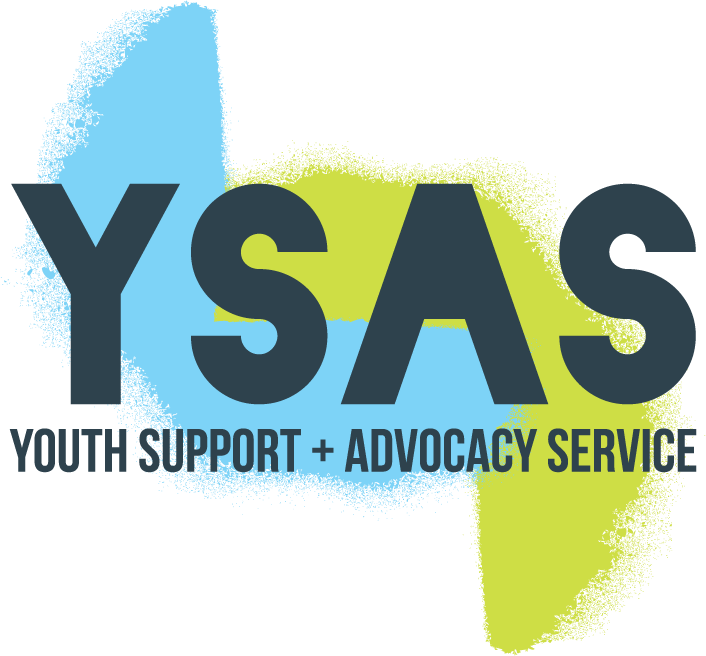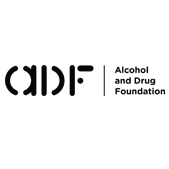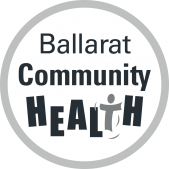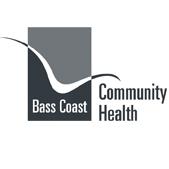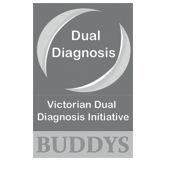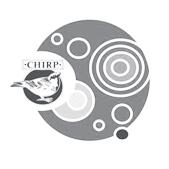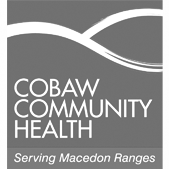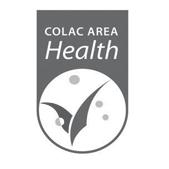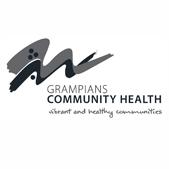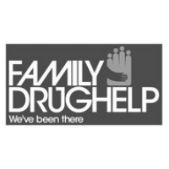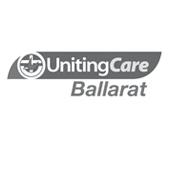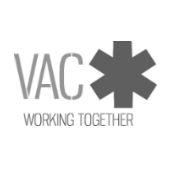Drug Facts
Inhalants-Fast facts for families
Many inhalants are household products. Volatile substances, aerosols, gases, and nitrates, can all be inhaled.
WHAT?
Inhalants are substances inhaled through the nose or mouth that depress or slow down the messages between brain and body. They are usually household chemicals such as volatile substance, aerosols, gases and nitrates. Inhaling can help a young person temporarily forget stress or problems
OTHER NAMES
Glue, gas, sniff, huff, chroming, poppers, nanging, spraying, paint snigging, glue sniffing, volatile substances. Also various product brand names such as "sellys all clear".
SIGNS THAT SOMEONE MIGHT BE USING DEALING IN MY HOUSE
Many inhalants are household products. Gas lighter refills, aerosols, hairspray, deodorants, whipped cream cans, and air fresheners, glue, some paints, cleaning fluids, petrol and laughing gas/nitrous oxide can all be inhaled.
Inhalants are commonly sprayed into a plastic bag or onto a towel or rag which is then held over the nose and mouth and vapours inhaled. Chemical-soaked rags or clothes, red runny eyes or nose, loss of appetite and unexplained paint or chemical stains on face or fingers are signs to be aware of.
It’s important to remember that excessive use of a useful product (such as deodorant) can be a normal behaviour during adolescence does not necessarily mean a young person is inhaling fumes.
HOW COMMON IS USAGE?
In 2013, 3.8 per cent of Australians over age 14 had used inhalants (National Drug Strategy Household Survey, 2013).
HOW CAN I TELL IF A YOUNG PERSON IS USING?
Many inhalants will have a strong, recognisable smell. This can linger on the skin and clothing of a young person who has been using them. In the instance of a young person inhaling paint, the colour may temporarily stain their hands, mouth or nose. Young people who have recently used inhalants may have lessened inhibitions, euphoria, dizziness, mood swings, aggression vomiting and more rarely, blackouts.
A rare condition, Sudden Sniffing Death Syndrome (SDSS) has occurred after the use of inhalants. The risk of this is increased when a young person engages in physical activity after using inhalants.
Didn’t find what you are looking for? We know families and carers can be pretty worried when they are looking for info so we’ve just given you the most relevant fast facts for families and carers. For a more comprehensive outline we recommend the ADF’s fact sheet and their family and carer guide. Remember, we understand how stressful it can be when you are worried about a young person. Talk to YoDAA for free, confidential info, advice and referral.




